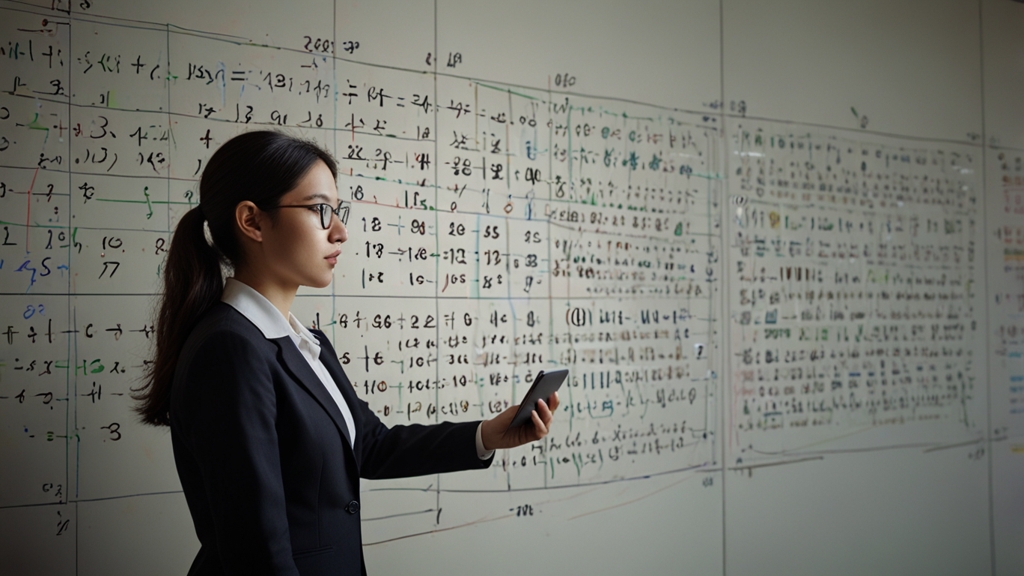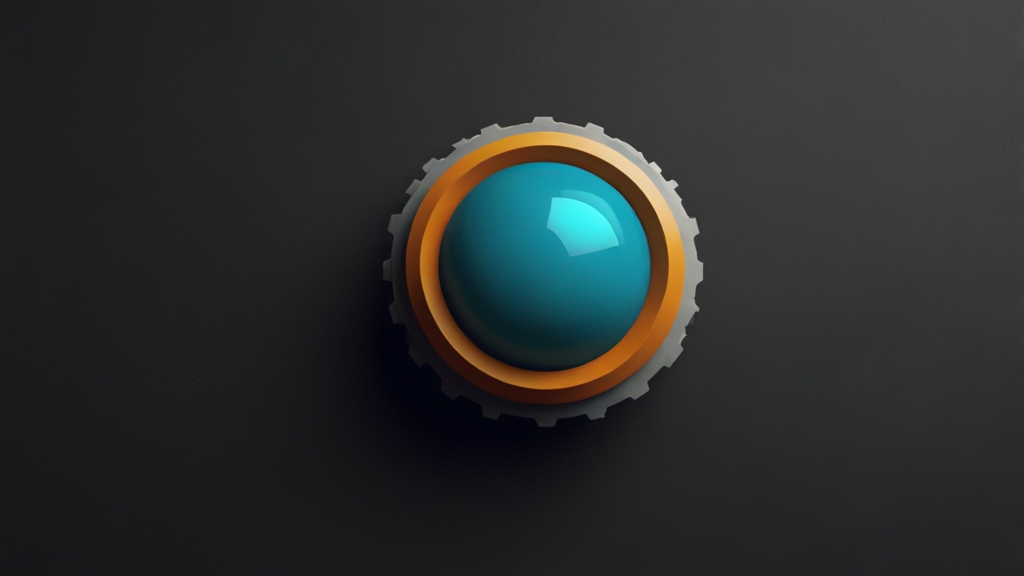How the Internet is Fueling a New Math Revolution
The internet has long been a tool for communication, entertainment, and shopping. Yet, beyond these more recognized utilities, it is propelling significant advancements in the realm of mathematics. Through connecting minds worldwide, offering unprecedented access to resources, and fostering collaborative platforms, the internet is fueling a new math revolution.
Global Collaboration and Knowledge Sharing
One of the most noticeable impacts of the internet is the way it bridges geographical gaps. Mathematicians from different countries and continents can now work together effortlessly. Online forums, virtual conferences, and academic social networks are breaking down barriers that once hindered collaboration. Collaborative tools like Google Docs, Overleaf for LaTeX, and GitHub for code and projects have become indispensable.
"Before the internet, researchers could only collaborate through slow mail exchanges or costly travel. Now, instantaneous communication allows real-time collaboration on papers, projects, and even complex theorem proofs." – Dr. Elena Smith, a Mathematician at the University of California
Platforms like ArXiv.org offer pre-print versions of research papers, giving mathematicians the ability to share their findings before formal publication. This accelerates the dissemination of new ideas and techniques, fostering a more dynamic and responsive academic environment.
Access to Educational Resources
The proliferation of online resources has democratized access to mathematical education. Websites like Khan Academy, Coursera, and MIT OpenCourseWare provide free, high-quality courses that span a wide range of mathematical disciplines. Students and enthusiasts who might not have the opportunity to attend prestigious institutions can now learn from the very best.
"The internet has turned the world into a giant classroom. Whether you're a high school student struggling with calculus or a professional looking to delve into number theory, there are resources available at your fingertips." – Prof. John Doe, an educator and online course creator
This freely accessible educational treasure trove is fostering a broader and more inclusive community of math enthusiasts. Moreover, platforms like MathStackExchange allow learners to ask specific questions and receive answers from math experts globally, enhancing the learning process through interaction and community support.
Interactive and Visual Learning Tools
The development of interactive and visual learning tools has revolutionized how mathematics is taught and understood. Websites and applications now offer dynamic simulations, allowing users to visualize complex functions and geometric transformations in real-time. Tools such as GeoGebra, Desmos, and WolframAlpha have become integral to both teaching and self-study.
These tools enable learners to experiment and observe the effects of changing variables instantaneously, making abstract concepts more tangible. This experiential learning approach not only aids comprehension but also sparks curiosity and deeper exploration.
Citizen Science and Crowd-Sourced Research
The internet has given birth to the concept of citizen science, where enthusiasts and amateurs contribute to professional research. Projects like Polymath, initiated by eminent mathematician Timothy Gowers, leverage the power of crowd-sourcing to tackle challenging mathematical problems. By opening up complex problems to a global audience, projects can harness a diversity of approaches and insights.
"The collaborative nature of the internet allows for a collective intelligence that is greater than the sum of its parts. Every participant, regardless of their academic standing, can offer valuable insights or spot mistakes that others might have overlooked." – Timothy Gowers, Fields Medalist
Moreover, online puzzles and competitions like Project Euler attract a dedicated following, creating a culture of problem-solving and continuous learning that extends beyond traditional academic settings.
Conclusion
The internet is undeniably transforming the landscape of mathematics. By facilitating global collaboration, democratizing access to knowledge, offering innovative learning tools, and fostering a culture of collective problem-solving, it is sparking a new era of mathematical discovery and education. As connectivity and resources continue to evolve, we can only anticipate even more groundbreaking advancements on the horizon.












